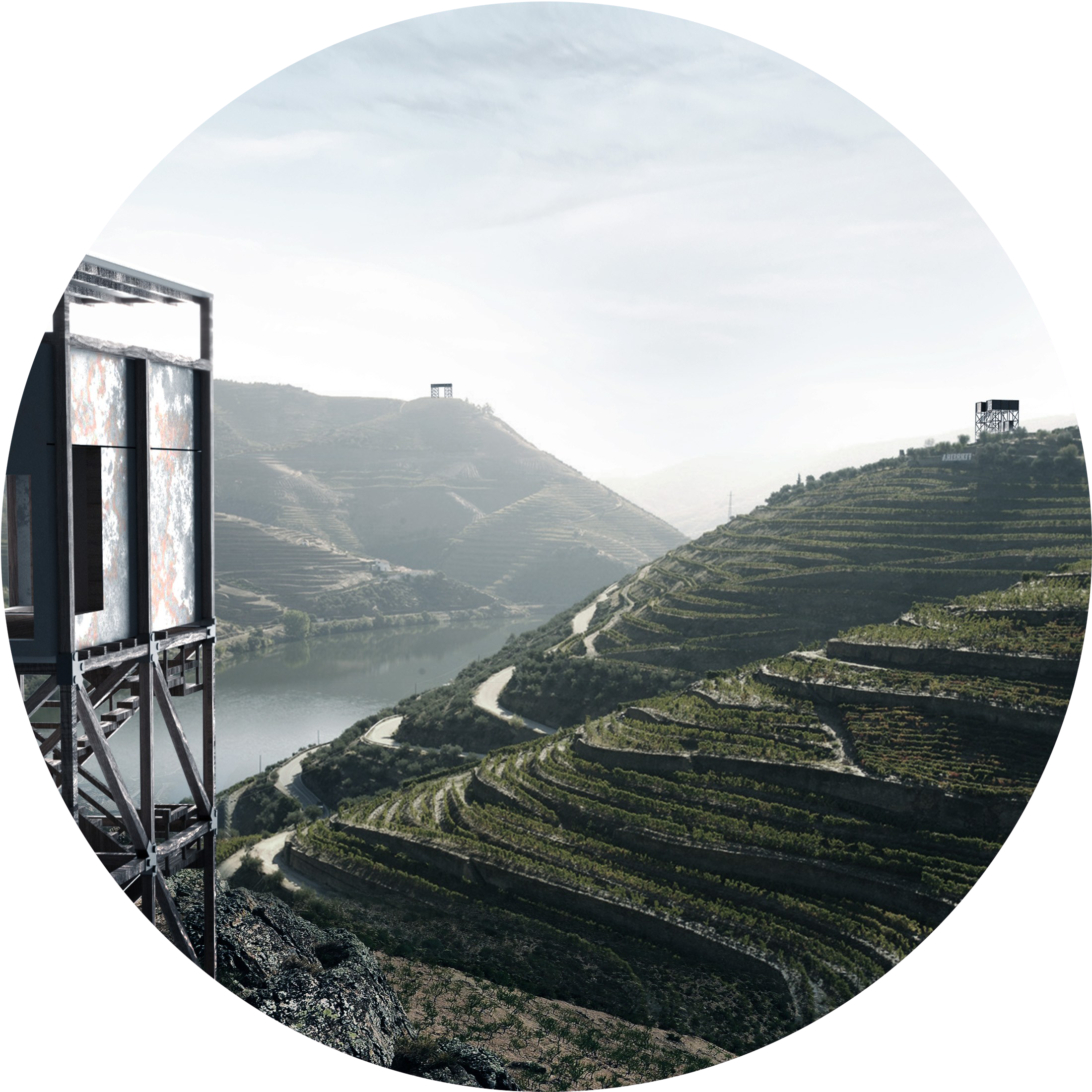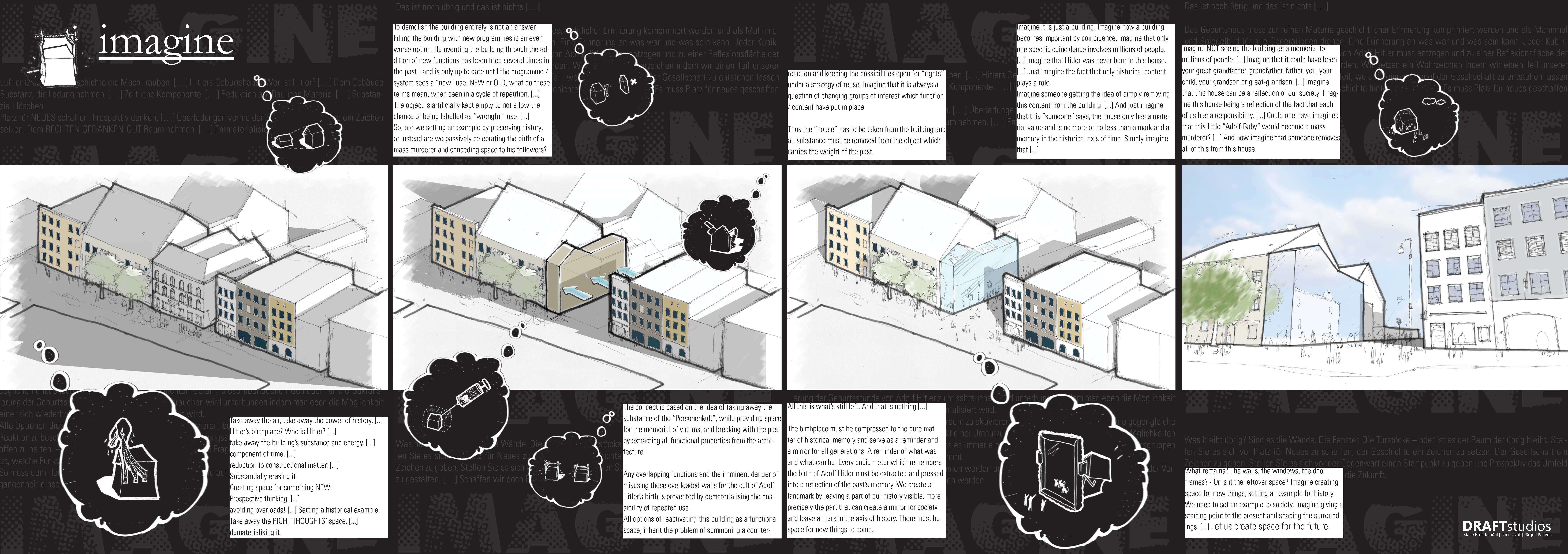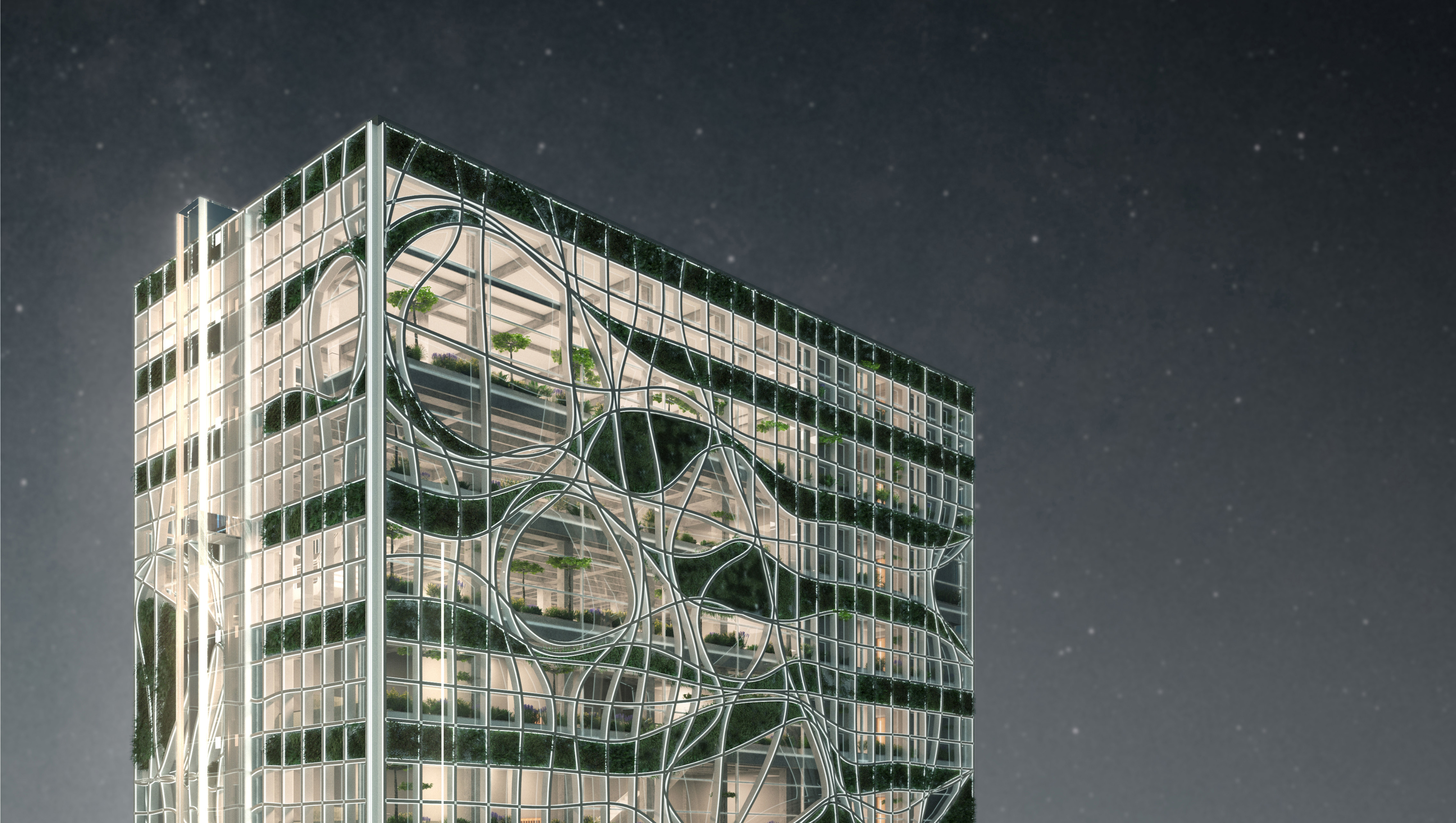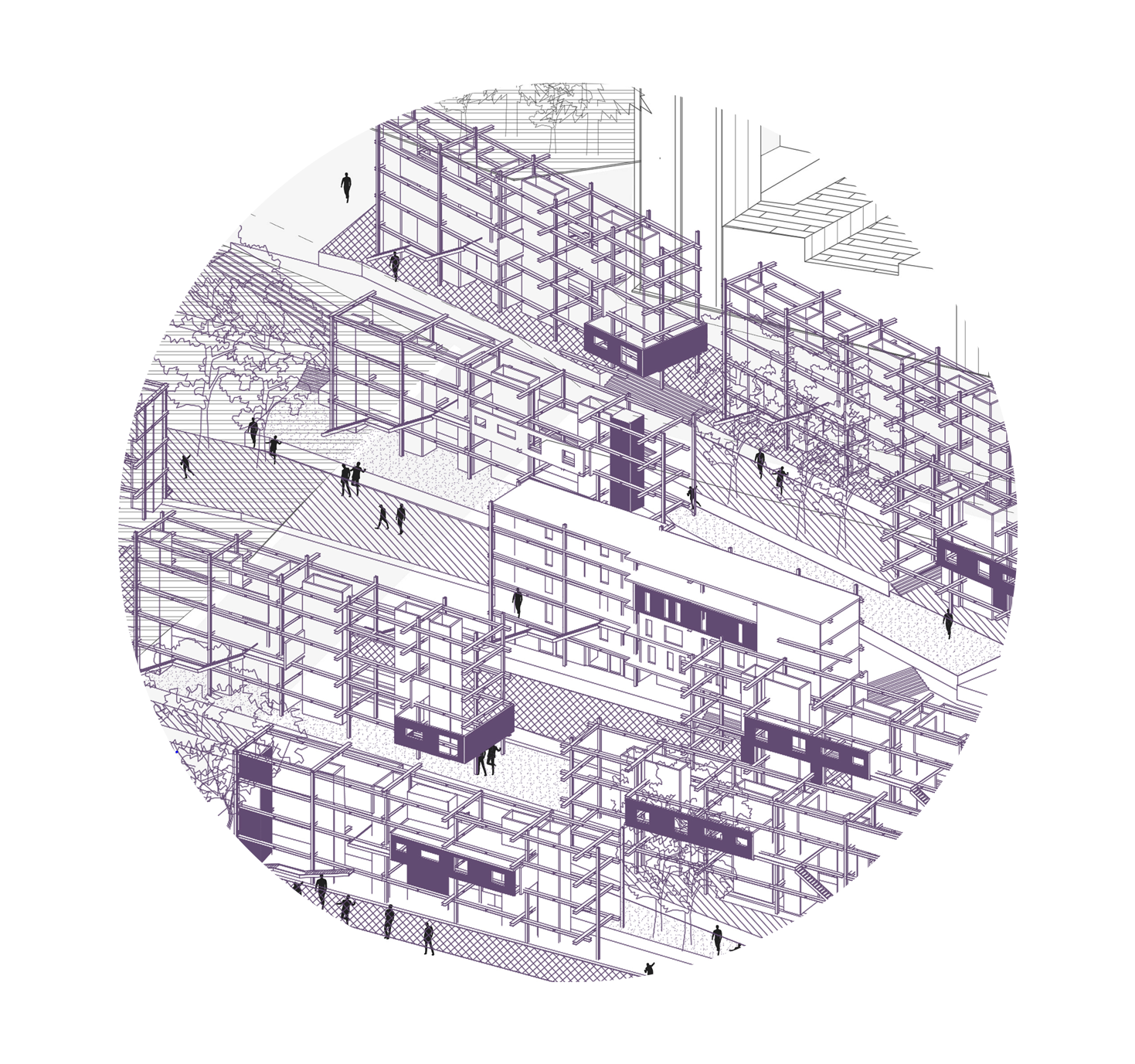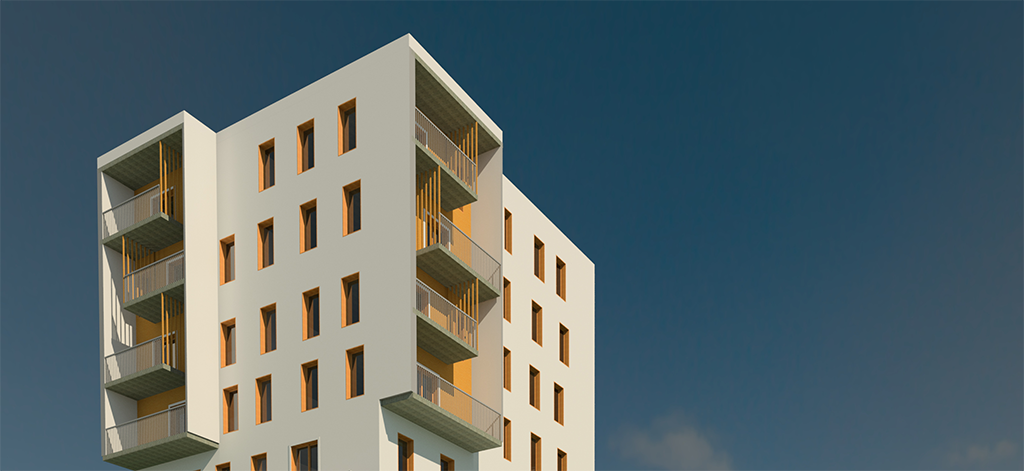Authors: Alexandre Sequeira, José Gonçalves
It goes without saying that the problem of wildfires in Portugal is a dangerous and recurring one.
Our proposal focuses on how can architecture help prevent wildfires. Based on our research we believe that architecture could be a strong catalyzer in the early detection of wildfires and in that sense, we started by analyzing the current surveillance system. And so, we concluded that, although there were a great number of active methods of detecting wildfires, the passive way of detecting wildfires was and still is, the most effective one.

That being said, we sought to activate the passive agent of wildfire detection by creating a programmed network of infrastructure, that is, a network of various watchtowers with diverse programs linked to their surrounding context that incentivized people to passively detect wildfires, not by necessity but by simply reveling in their program.
All the towers have a wooden structure that involves the different volumes placed on it. The volumes are boxes cladded in wood inside and by steel sheets on the outside, referencing the ‘old’ watchtowers as an ever-changing context.

Museum Tower
The first programmed tower is the Museum Tower. This tower was structured as a single exhibition museum about the impact of wildfires in nature, society and especially in small villages as it is surrounded by small agglomerates. The building is long and narrow, defining a line as a single museum route that can either be traversed from front to back or vice-versa and informs its’ users with the exhibition via drawings on its’ glass windows that align the surrounding landscape with the information.

Water Tower
The second tower is called ‘Water Tower’, placed near Morais, a village that can benefit from a water reservoir on the top of the building that can also be used for bathing and leisure purposes. This tower has a support building placed in the middle of its’ wooden structure, on the way up to the reservoir, that serves as a locker room and storage.

Scout Tower
A third programed tower is actually a group of towers called ‘Scout Towers’. These three towers are isolated from any village, but are near the river Douro and provide several mountain and radical activities such as climbing, arborism, slide, etc. – and give the possibility of camping inside. This idea of giving the absolute minimum conditions to camping matches with its location and capitalizes on its target audience.

Alexandre Sequeira and José Gonçalves are Master’s students of Lisbon School of Architecture. This project was made for design competition organized by Building 4humanity, under the supervision of Professor Hugo Farias. The project location is Bragança municipality, Portugal.

